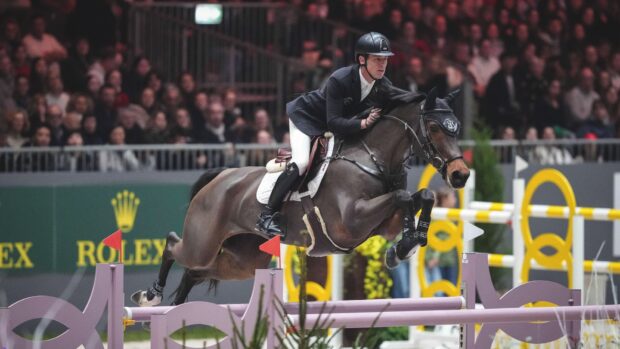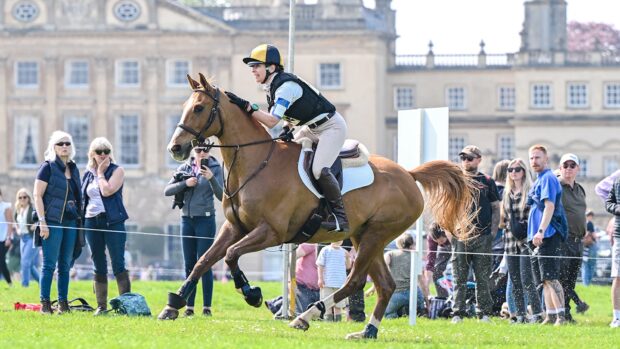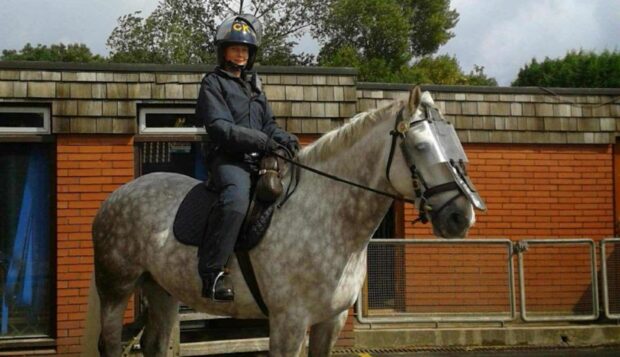HORSE magazine’s top tips from leading professionals on getting the best out of your horse
Scott Smith, show jumper
“Continuity is important in any training programme. Try not to introduce things too quickly and make sure your horse is happy and confident at one level before you move on to something new.”
Mark Hudson, horse whisperer.
“Always work your horse evenly on both sides. If you are introducing something new, such as clipping or lungeing, approach each side as if you are doing it for the first time. This will ensure that your horse stays happy and relaxed about being worked from both sides.”
Julian Marczak BHSI, Suzanne’s Riding School, London
“Horses are often unfairly labelled as lazy or difficult, when actually they simply don’t understand what is being asked of them. Riders should be co-ordinated enough to give clear aids and, if necessary, they should have some lunge lessons to help them develop an independent seat.”
Jane Kidd, dressage judge
“Don’t treat your horse like a human being – he’s not, he’s a horse and needs to be treated like one. The key to successful training is being able to give clear commands and putting your horse in a position where he can understand what is being asked of him.”
James Fisher, show jumper
“If you’re not that good at seeing a stride into fences, try not to interfere too much, leaving your horse to see his own stride. Keep fences small so if your horse does make a mistake, he’ll be able to correct it himself. If you continue to have trouble seeing a stride, a good exercise is to put a placing pole one of your horse’s canter strides away from the fence. Ask your instructor to help you.”
For more advice see September’s issue of HORSE magazine or click here to subscribe online at a reduced rate.



